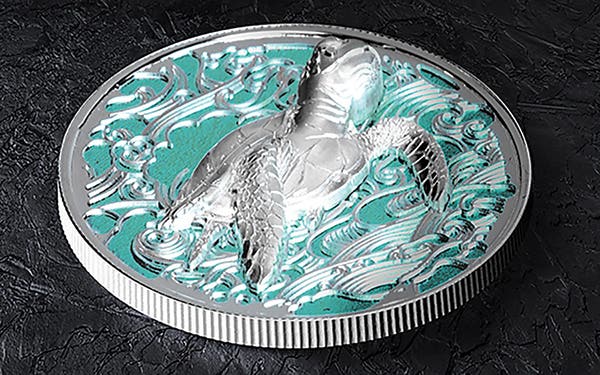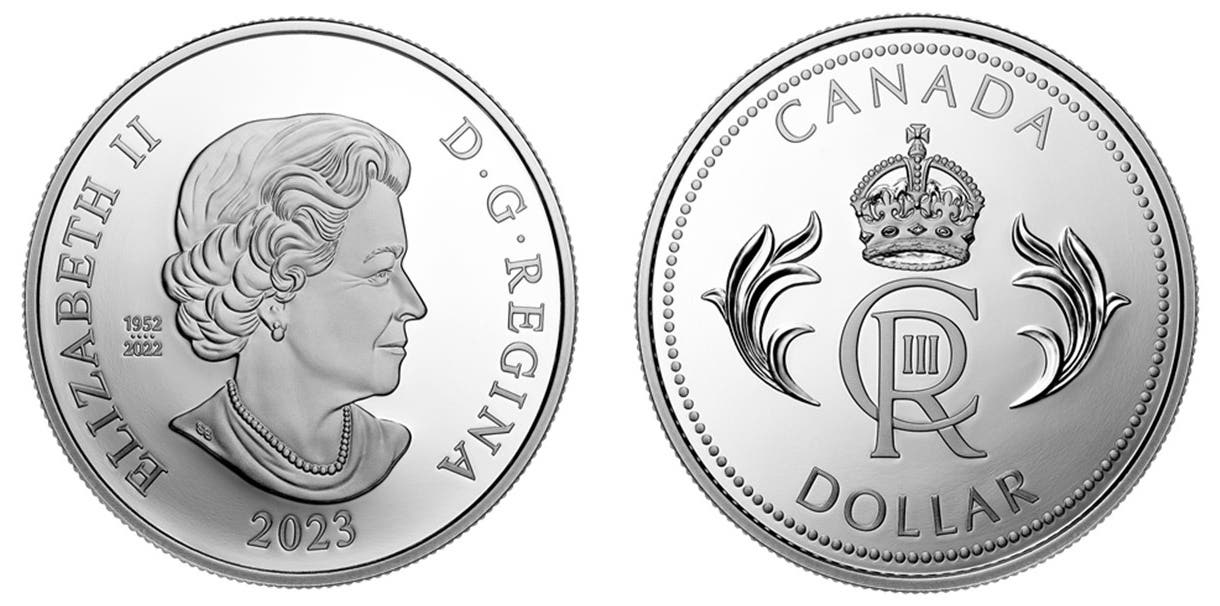Charlemagne’s Wife’s Name Discovered on Coin
Powerful and prominent women have either appeared solo or accompanied by their monarch husband on coins throughout much of history. Cleopatra VII of Egypt appears on coins issued during her…
Powerful and prominent women have either appeared solo or accompanied by their monarch husband on coins throughout much of history. Cleopatra VII of Egypt appears on coins issued during her reign. The wives and daughters of various Roman emperors appear on coins throughout the empire. Byzantine emperors enthroned next to their likewise enthroned wives on coins attest to the influence of these spouses. There are also Byzantine coins on which an empress appears by herself.
What is unusual is a medieval European coin on which the consort of a king is named or appears. A rare exception is the late 780s emission of Anglo-Saxon silver pennies of Offa of Mercia issued by the moneyer Eoba in the name of Offa’s wife Cynethryth. Cataloged as S. 909 and 910 in Coins of England and the United Kingdom these light penny coins of Offa depict Cynethryth wearing a peplos-style dress or tunic and round diadem in her hair on the obverse accompanied by the legend EOBA. The reverse legend reads CENEðRYð REGINA M. Two recently discovered non-portrait pennies not in the Coins of England catalog were minted by the moneyer Ludoman of London.
In early May the Centre Charlemagne, New Aachen City Museum in Aachen, Germany announced the museum’s 2022 acquisition of the first known coin of Charlemagne (768-814) on which the name of one of his queen’s appears. The museum did not explain from whom or where the coin was acquired, but acknowledged the coin on which Queen Fastrada is named is the first known example of a queen being named (other than the Virgin Mary) on any Carolingian coin.
The obverse of the silver denier reads +CARoLVSREXFR[ancorum], which translates to Charles, king of the Franks. The reverse features the well-known monogram of Charlemagne, however the legend reads +FASTRADA REGIN[a], which translates to Queen Fastrada. The coin type was introduced in 793. Fastrada died in August 794. The Mercia coins on which Cynethryth is named were struck in 792.
In a September 791 letter from Charlemagne to Fastra written while he was on a campaign against the Avars the king (Charlemagne was crowned emperor in 800) addresses Fastrada as “our dear and very lovely wife the queen.” An entry for 792 in the Royal Frankish Annals reads: “the most gentle king joined his wife the lady Fastrada in the city of Worms; and there they rejoiced and were glad and praised God’s mercy together.”
Fastrada was Charlemagne’s third wife. Born around 765, Fastrada was a daughter of the East Frankish Count Rudolph. She married Charlemagne only five months following the death of his second wife, Himiltrude. It is likely the marriage assured an alliance between the East Franks and Charlemagne in a war against the Saxons. Charlemagne and Fastrada were married for 11 years and had two daughters together. The written documentation and births suggest a true love relationship that numismatic scholars are saying is likely why Charlemagne named Fastrada on at least one coin type, that concept also likely copied from the Offa-Cynethryth pennies of about one year earlier. The kingdoms of Offa and Charlemagne have been documented to have traded, making it likely Charlemagne knew of the Offa-Cynethryth pennies.
The question of if the Fastrada coin may have been a posthumous commemorative has been raised by Simon Coupland in his May 2023 paper A Coin of Queen Fastrada and Charlemagne.
Coupland notes there are more than 50 recorded examples of Cynethryth’s coinage, and that these coins originated from “numerous different dies, but this is the first and to date only specimen of a coin of Fastrada.” Coupland also notes most of Cynethryth’s are portrait coins, and that the Cynethryth coinage ceased at almost exactly the same time as when Fastrada’s began. Coupland then questions if there is any significant to these dissimilarities.
Charlemagne’s royal monogram deniers and oboles or half deniers were introduced in a coinage reform in 792. His earlier emissions are about 18-millimeter diameter, 1.3-gram coins struck at more than 100 mints on which his name is expressed as CARo-LVS on the obverse. The 793 and beyond deniers were struck on about 21mm diameter flans of about 1.7-gram weight at perhaps 40 mints following the coinage reform.
Charlemagne or Charles the Great was the eldest son of Pepin the Short and Bertrada of Laon. He united most of Western Europe for the first time since the fall of the Western Roman Empire in 476.
Charlemagne repudiated his first wife Desiderata, a Lombard princess, within a year of his marriage, then marrying the 13-year-old Swabian Hildegard. Within months of Hildegard’s death, he married Fastrada. Charlemagne had 18 children with seven of his 10 known wives and concubines. His only four legitimate grandsons were through his fourth son, Louis. His illegitimate grandson Bernard of Italy was nonetheless included in Charlemagne’s line of inheritance.
Charlemagne is buried at the Aachen Cathedral in the imperial capital city of Aachen.








